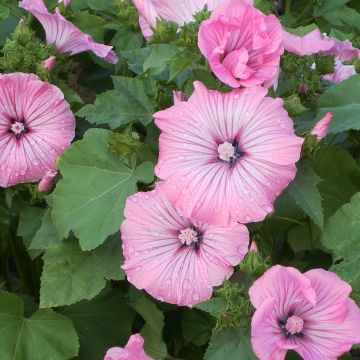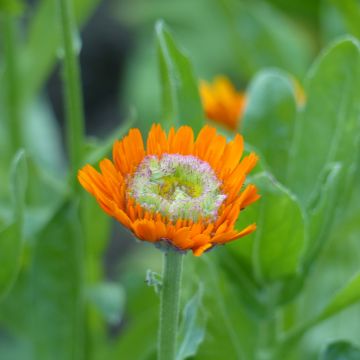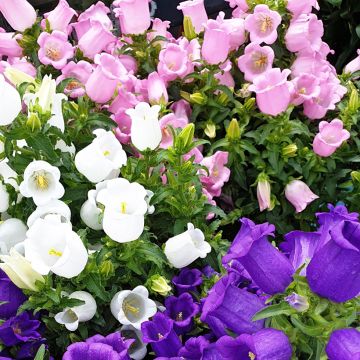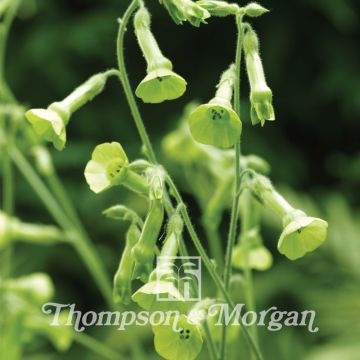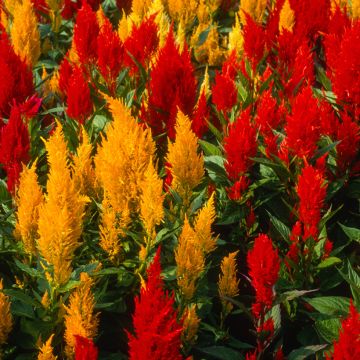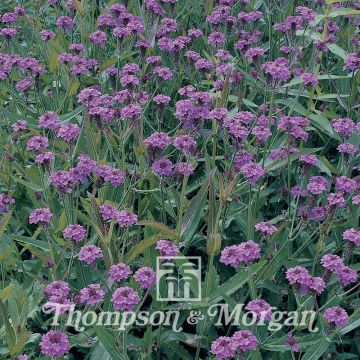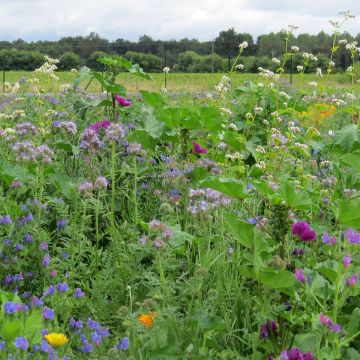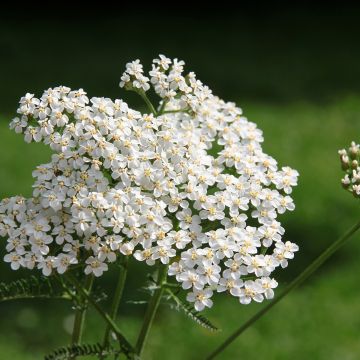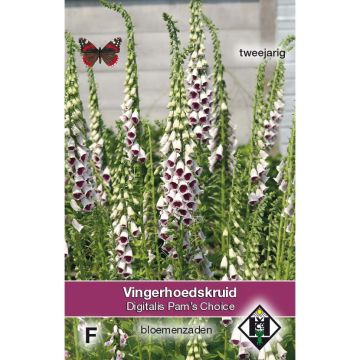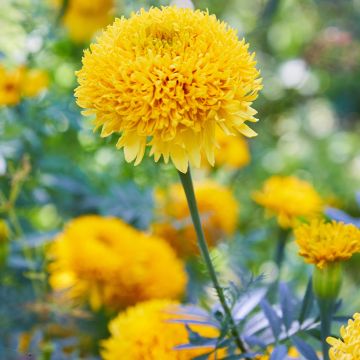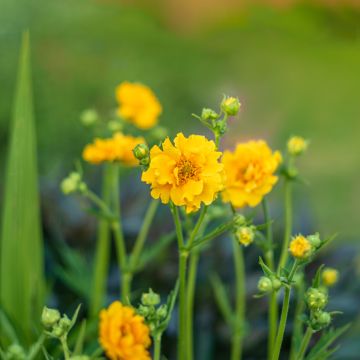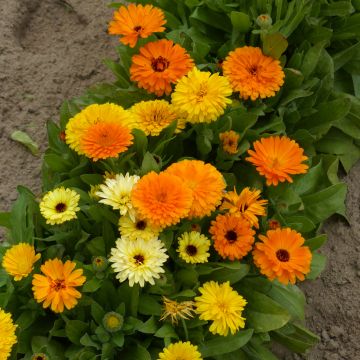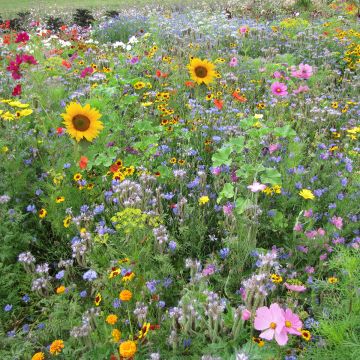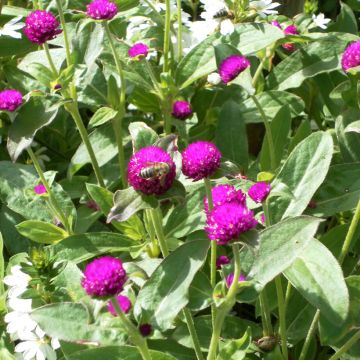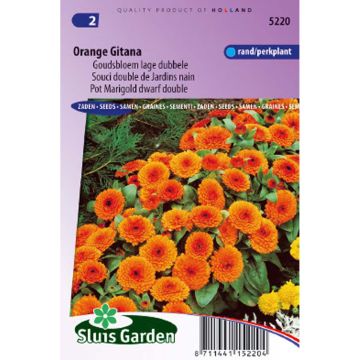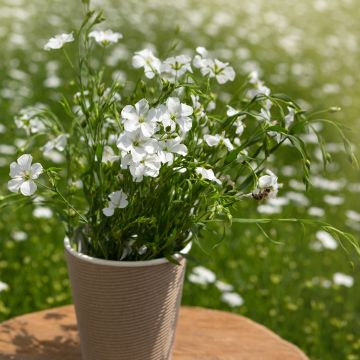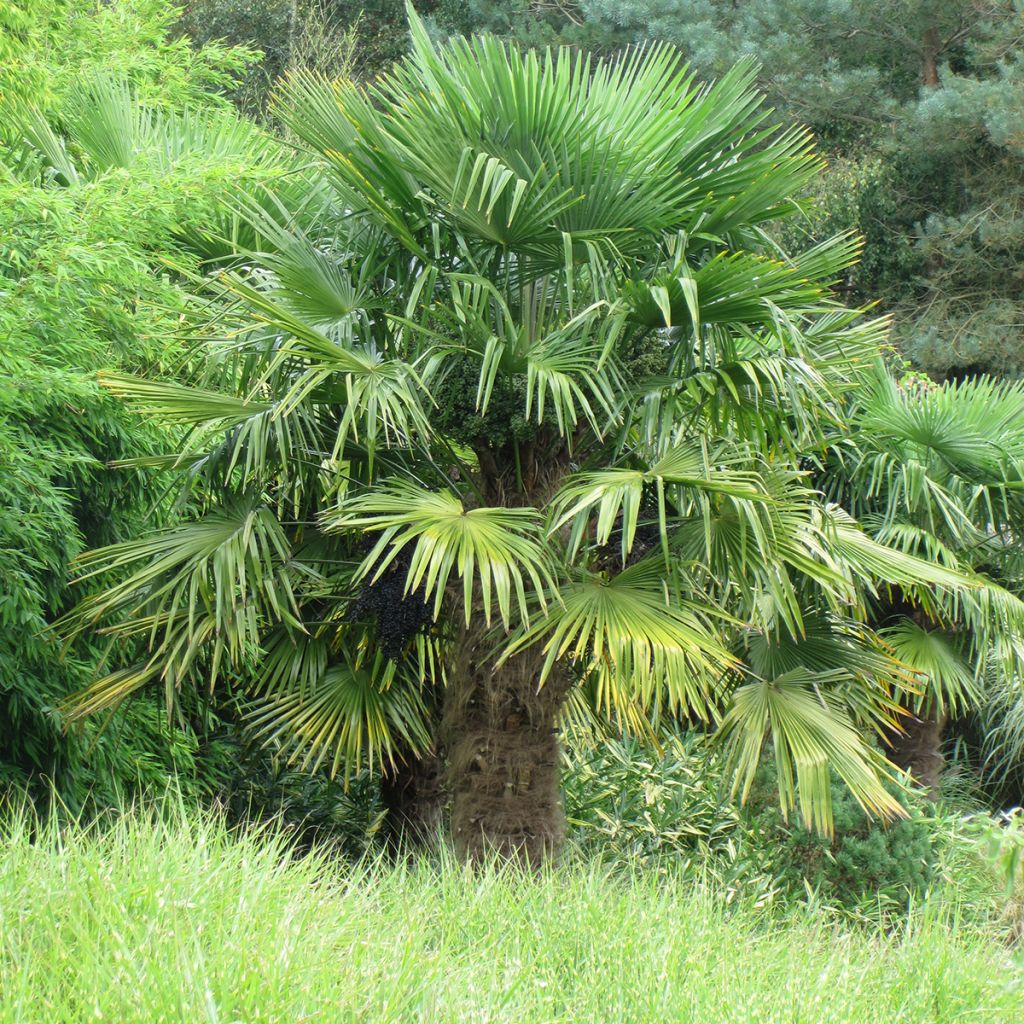

Chusan palm Seeds - Trachycarpus fortunei
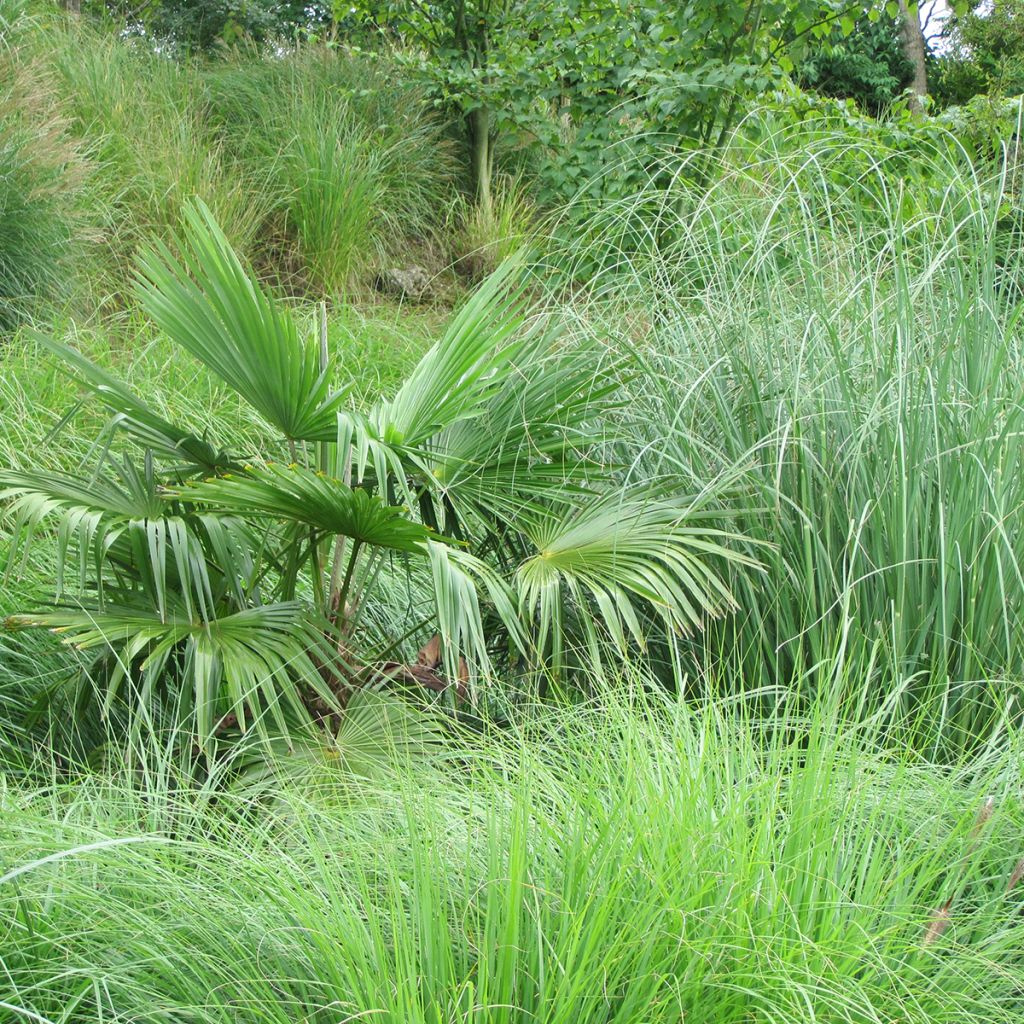

Chusan palm Seeds - Trachycarpus fortunei


Chusan palm Seeds - Trachycarpus fortunei
Chusan palm Seeds - Trachycarpus fortunei
Trachycarpus fortunei
Chusan Palm, Chinese Windmill Palm, Hemp Palm
This item cannot be shipped to the selected country
Dispatch by letter from €3.90
More information
Schedule delivery date,
and select date in basket
This plant carries a 6 months recovery warranty
More information
We guarantee the quality of our plants for a full growing cycle, and will replace at our expense any plant that fails to recover under normal climatic and planting conditions.
Seed-only orders are dispatched by sealed envelope. The delivery charge for seed-only orders is €3.90.
Does this plant fit my garden?
Set up your Plantfit profile →
Description
The Chinese palm, or Trachycarpus fortunei, is a hardy palm (-18°), resistant even in regions where winters are harsher. Bought and started from seed, it will satisfy your desire for the exotic at a low cost.
Native to the mountainous areas of China and Japan, Trachycarpus fortunei has long been wrongly named Chamaerops excelsa. Also called Chusan palm or windmill palm, its first name refers to Chusan Island, where Robert Fortune, the Scottish botanist, first discovered this species before importing it into the United Kingdom. This palm has been cultivated for thousands of years in Japan and China for the thick fibre that covers its trunk. This fibre is widely used in rural life in Asia to make carpets, brooms, ropes, sacks, roofing, solid fencing panels, etc...
A slow-growing shrubby plant, the Chusan Palm, can reach 8 to 10 metres in height. The evergreen, dark green, fan-shaped foliage is composed of 30 to 40 elongated segments and measures 60 cm to 1 m in diameter. Their very regular and round appearance inspired its other common name, Windmill Palm. It produces 5 to 9 new leaves per year. The clustered flowers (called spadices) are golden yellow in male trees and creamy yellow in female trees. One plant of each sex is therefore required for seed production. The decorative seeds are the size of a small grape, shiny and are black with a blue sheen. It is not uncommon to see spontaneous seedlings at the foot of adult female plants. Closely resembling grass leaves, the young seedlings can be mistaken for weeds.
Easy to grow, Trachycarpus fortunei likes rich, light, moist or even wet soils in summer but waterlogged soils can kill it. It likes sun or partial shade and locations that are sheltered, especially from cold winds, and are best planted in a west-facing position.
Report an error about the product description
Flowering
Foliage
Plant habit
Botanical data
Trachycarpus
fortunei
Arecaceae
Chusan Palm, Chinese Windmill Palm, Hemp Palm
Southeast Asia
Other Thompson and Morgan seeds
Planting and care
When you receive your seeds, place them in a bowl of warm water. Let them soak for 3 days and change the water daily. This will soften the seeds and speed up the germination process. On the fourth day, rinse the seeds and sow them at a depth of one centimetre, in pots of moist soil. Cover with a plastic bag (such as your typical fridge and freezer bag) and place it in a warm place, away from direct sunlight, and maintain at a temperature around 20°. Water with a fine spray to keep the soil moist but not wet. Germination generally takes place within 8 to 12 weeks.
Regularly monitor the development of your plants: as soon as shoots appear, remove the bag. Gradually acclimatize to outdoor conditions and then plant in well-drained, fertile soil in an area of the garden sheltered from cold winds.
Sowing period
Intended location
This item has not been reviewed yet - be the first to leave a review about it.
Flower seeds
Haven't found what you were looking for?
Hardiness is the lowest winter temperature a plant can endure without suffering serious damage or even dying. However, hardiness is affected by location (a sheltered area, such as a patio), protection (winter cover) and soil type (hardiness is improved by well-drained soil).

Photo Sharing Terms & Conditions
In order to encourage gardeners to interact and share their experiences, Promesse de fleurs offers various media enabling content to be uploaded onto its Site - in particular via the ‘Photo sharing’ module.
The User agrees to refrain from:
- Posting any content that is illegal, prejudicial, insulting, racist, inciteful to hatred, revisionist, contrary to public decency, that infringes on privacy or on the privacy rights of third parties, in particular the publicity rights of persons and goods, intellectual property rights, or the right to privacy.
- Submitting content on behalf of a third party;
- Impersonate the identity of a third party and/or publish any personal information about a third party;
In general, the User undertakes to refrain from any unethical behaviour.
All Content (in particular text, comments, files, images, photos, videos, creative works, etc.), which may be subject to property or intellectual property rights, image or other private rights, shall remain the property of the User, subject to the limited rights granted by the terms of the licence granted by Promesse de fleurs as stated below. Users are at liberty to publish or not to publish such Content on the Site, notably via the ‘Photo Sharing’ facility, and accept that this Content shall be made public and freely accessible, notably on the Internet.
Users further acknowledge, undertake to have ,and guarantee that they hold all necessary rights and permissions to publish such material on the Site, in particular with regard to the legislation in force pertaining to any privacy, property, intellectual property, image, or contractual rights, or rights of any other nature. By publishing such Content on the Site, Users acknowledge accepting full liability as publishers of the Content within the meaning of the law, and grant Promesse de fleurs, free of charge, an inclusive, worldwide licence for the said Content for the entire duration of its publication, including all reproduction, representation, up/downloading, displaying, performing, transmission, and storage rights.
Users also grant permission for their name to be linked to the Content and accept that this link may not always be made available.
By engaging in posting material, Users consent to their Content becoming automatically accessible on the Internet, in particular on other sites and/or blogs and/or web pages of the Promesse de fleurs site, including in particular social pages and the Promesse de fleurs catalogue.
Users may secure the removal of entrusted content free of charge by issuing a simple request via our contact form.
The flowering period indicated on our website applies to countries and regions located in USDA zone 8 (France, the United Kingdom, Ireland, the Netherlands, etc.)
It will vary according to where you live:
- In zones 9 to 10 (Italy, Spain, Greece, etc.), flowering will occur about 2 to 4 weeks earlier.
- In zones 6 to 7 (Germany, Poland, Slovenia, and lower mountainous regions), flowering will be delayed by 2 to 3 weeks.
- In zone 5 (Central Europe, Scandinavia), blooming will be delayed by 3 to 5 weeks.
In temperate climates, pruning of spring-flowering shrubs (forsythia, spireas, etc.) should be done just after flowering.
Pruning of summer-flowering shrubs (Indian Lilac, Perovskia, etc.) can be done in winter or spring.
In cold regions as well as with frost-sensitive plants, avoid pruning too early when severe frosts may still occur.
The planting period indicated on our website applies to countries and regions located in USDA zone 8 (France, United Kingdom, Ireland, Netherlands).
It will vary according to where you live:
- In Mediterranean zones (Marseille, Madrid, Milan, etc.), autumn and winter are the best planting periods.
- In continental zones (Strasbourg, Munich, Vienna, etc.), delay planting by 2 to 3 weeks in spring and bring it forward by 2 to 4 weeks in autumn.
- In mountainous regions (the Alps, Pyrenees, Carpathians, etc.), it is best to plant in late spring (May-June) or late summer (August-September).
The harvesting period indicated on our website applies to countries and regions in USDA zone 8 (France, England, Ireland, the Netherlands).
In colder areas (Scandinavia, Poland, Austria...) fruit and vegetable harvests are likely to be delayed by 3-4 weeks.
In warmer areas (Italy, Spain, Greece, etc.), harvesting will probably take place earlier, depending on weather conditions.
The sowing periods indicated on our website apply to countries and regions within USDA Zone 8 (France, UK, Ireland, Netherlands).
In colder areas (Scandinavia, Poland, Austria...), delay any outdoor sowing by 3-4 weeks, or sow under glass.
In warmer climes (Italy, Spain, Greece, etc.), bring outdoor sowing forward by a few weeks.

































